How to prevent Raccoons
Raccoons cost homeowners thousands of dollars every year in their control. However, if you eliminate everything that may make your home a paradise for raccoons, you can save a lot. Below are some of the ways to make your home less favorable to raccoons.
Welcome signals
Food in garbage bins: Raccoons are natural scavengers. They feed on any type of food that comes their way. Therefore, full garbage and dustbins may be the most attractive site for them.
As such, they will den in your homestead and unleash their mischief. To keep them away, ensure no food ends up in the garbage bins.
Pet food: Raccoons are attracted to pet food that has been left exposed or open. Therefore, store the remains of your pet’s food properly.
Bird feeds: Raccoons can access bird and chicken feeders and eat the remnants. They might even feed on these birds if not well-enclosed.
Fish ponds: Raccoons scavenge fish ponds for food. They feed on small fish and sardines. Therefore, fence your fish pond all around and at the top to stop raccoons from preying on your fish.
Chicken coops: Open chicken coops may attract raccoons. They attack these structures for food and may also feed on the chickens.
Birdcages: Raccoons eat birds and their food. Birdcages, once left accessible, may attract these scavengers.
Open attics: open attics on houses may attract female raccoons that come to build nests and give birth to baby raccoons. Attics may turn to be breeding grounds for these animals if not sealed completely.
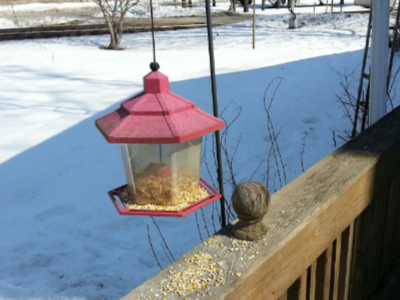
Now that you know what can be a ‘welcome’ signal to these destructive animals, the following measures can help keep off these intruders.
Trash Protection
Trash must always be protected to avoid raccoons from accessing them. You protect trash by:
Sealing all garbage cans and dustbins.
Replacing broken or leaking dust bins and garbage containers.
Completely lock trash bins with locks and seal tapes.
Always secure garbage in a lockable building within the compound.
Avoiding feeding them:
Raccoons are scavengers and nocturnal. Therefore, they can easily sneak in at night when you’re fully asleep and feed on any food around.
With their agility, they can access pet and bird food. To contain the raccoons, these measures are useful.
Feed your pets during the day as raccoons always come at night.
Do not leave pet food and containers outside, especially during the night.
Avoid food and lousy smells in pet houses and chicken coops.
Use scare traps:
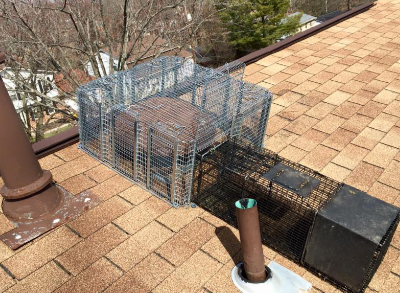
Install scare traps at various entry points that raccoons can use to gain access to the compound, building, or garden.
To ensure effectiveness and compliance with the wildlife rules and regulations, the traps must be:
Approved by the local wildlife ministry or local authority.
- Must be humane. Should not capture and kill the raccoons as this violates the law.
Used only in extreme cases, where other measures have failed.
Use of repellants
There are several home and commercially made repellants that will prevent raccoons from accessing your structures and gardens. These repellants include:
Pepper sprays
Coyote urine
Mothballs
Other commercial repellants
Scare Tactics
Always use scare tactics that can efficiently work at home to prevent raccoons from accessing your premises. Below are some of the scare tactics that you can use.
Banging of plates and iron sheets are temporary measures that work for a short while.
Water sprayers with motion sensors mixed with crushed peppers.
Loud sounds: only done in areas not neighboring other residential areas to avoid disturbances.
Access control
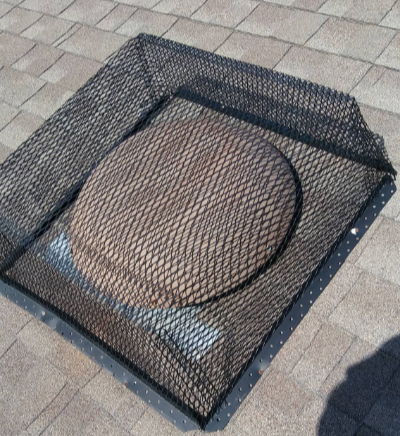
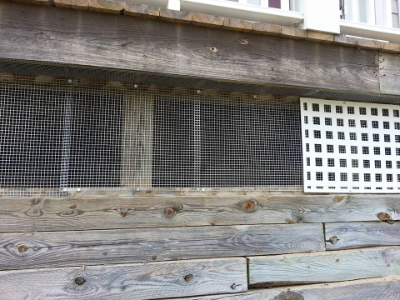
To prevent raccoons, you must always try to block all the access points which might be used by these animals to invade your house.
Therefore, always do house inspections and try to prevent any cracks or holes large enough to let in raccoons. Some of these access points include:
Attic vents
Chimneys
Spaces between roofs and walls
- Large ventilations
Open windows
Cracks within gates and doors.
Wall cracks
Remove trees from touching houses.
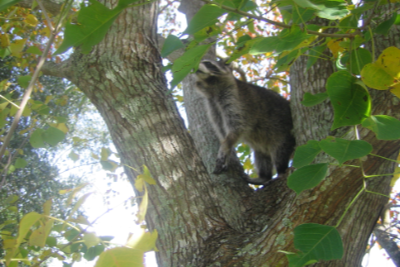
One should ensure that trees do not reach structure walls or rooftops as they might turn to be raccoon entry points.
Therefore, you should ensure that your house is free from hanging branches and clear from vegetation.
Keeping large and aggressive dogs:
Always try to keep dogs. Below are some of the characteristics that your dog should have.
It should be large enough to scare the raccoons as smaller dogs might not scare them.
These dogs must be fierce enough to scare away raccoons by attacking them.
Train the dogs to be active during the night as raccoons are active then.
Secured building:
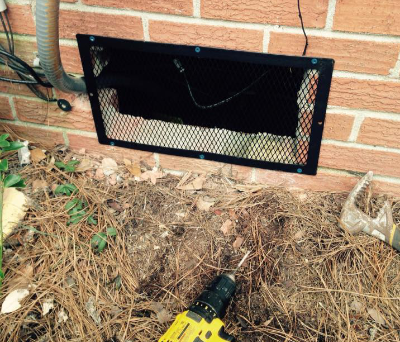
To keep off raccoons from your home, consider doing the following:
Chimneys must be capped at all times to ensure no significant gaps.
Elevated houses must have animal-proof decks.
Basements must be closed or secured at all times.
Cleanliness:
All areas that are likely to be raccoons’ dwellings must be kept clean.
Disinfect these areas regularly to avoid the attraction of these animals by trash and smell. Areas which might be a potential habitat for raccoons include:
Attics
Pet houses
Chicken coops
Basements
Kitchen and its chimneys
Garbage bins and dustbins
Around fish ponds
Fencing
This is one of the widely used raccoon prevention measures that you can use to lock out raccoons.
There are several types of fences that one can use to secure structures.
However, the fences should be long and sharp, as raccoons have the capability of climbing over poles and fences. Below are examples of fences that are appropriate for locking out raccoons.
Woven wires around poultry houses and animal cages.
Wire fences which should not be more than 3 inches wide per mesh size.
Electric fences with better insulators. These wires should be 12 inches off the ground and 18 inches from existing fence posts.
Electric fence over the existing regular fence will prevent these animals from jumping over
This is one of the widely used raccoon prevention measures that you can use to lock out raccoons.
There are several types of fences that one can use to secure structures.
However, the fences should be long and sharp, as raccoons have the capability of climbing over poles and fences. Below are examples of fences that are appropriate for locking out raccoons.
Involving neighbors and your community
For you to win the war against raccoons, a collective effort is necessary.
Trying to control them in your home alone may just escalate the problem as these animals will be hopping from one house to another.
Always make agreements and come up with joint solutions to curb these scavengers.

